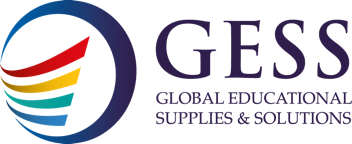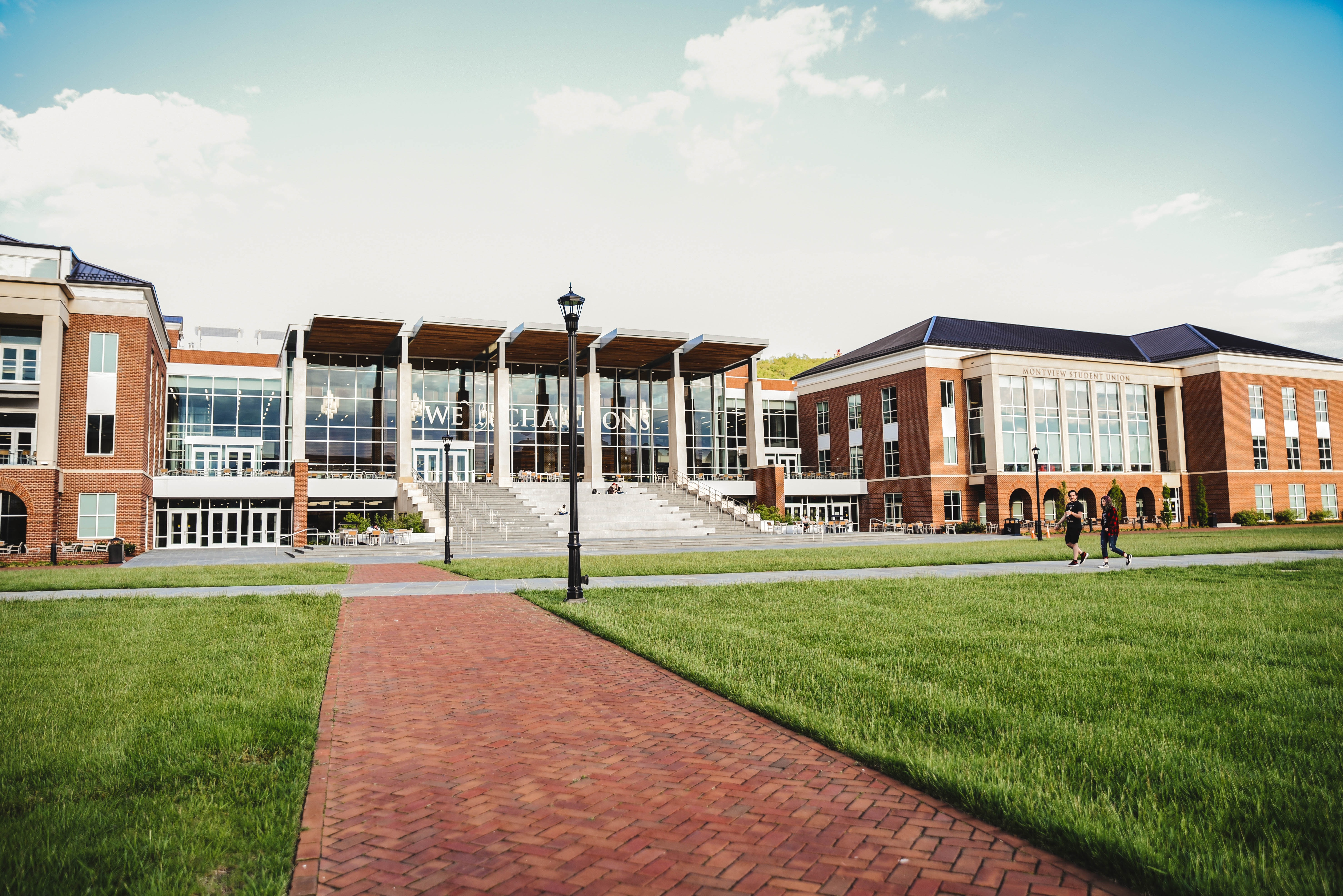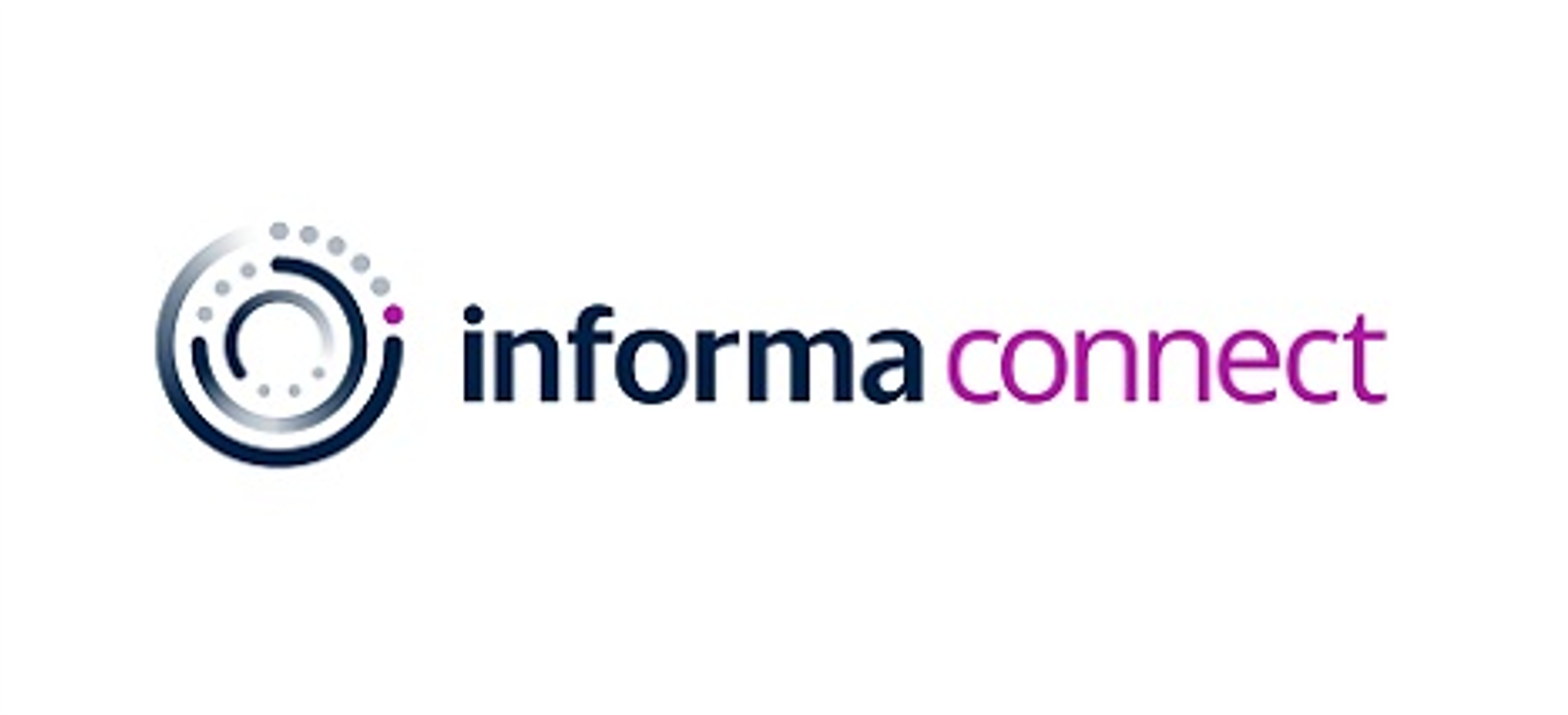In the present situation, environmental, economic, political, and social conditions pose challenges to sustainable development (SD). In 2015, the United Nations presented seventeen sustainable development goals (SDGs) for global growth to be accomplished by 2030. The SDGs need to be addressed and dealt with at the level of government, institution, business, and citizenship. The current study focuses on implementing SDGs (good health and quality education) in higher education institutions (HEIs). The contribution of HEIs primarily, private schools in SDGs progression was determined through a systemic literature review (SLR). The PRISMA model was employed to conduct the SLR. Based on inclusion and exclusion criteria, 150 articles were selected out of 473, focusing on health and well-being and quality of education in private schools. After further review, sixteen articles were evaluated to assess the SDGs.
The selected studies demonstrate that SDGs have been promoted to improve quality education in private schools in various regions, including the USA, UK, Australia, Germany, Ireland, Denmark, South Africa, Italy, Russia, Portugal, Cuba, and Ecuador. Concerning SDGs, collaboration and interdisciplinary work have been encouraged. However, other sectors like management, research, and teaching still need improvement. It is concluded that education is crucial to achieving the mentioned SDGs, which can be accomplished by 2050 with several changes and compromises among citizens around the globe.
Diemer et al. (2019) stated that society faces more complex environmental, economic, political, and social challenges in the present situation. These problems are primarily concerned with governments, institutions, businesses, and citizens. From 2001 to 2015, the United Nations' work was guided by the Millennium Development Goals. To determine the "2030 Agenda", the process was commenced by the United Nations Security Council. The program's primary goal is to focus on the human rights of the people, especially in the development of sustainability of dimensions such as environment, economic, and social, and also in the eradication of poverty.
The determination of seventeen goals considered mainly on environmental, social, and economic concerns must be handled together or separately. The responsibilities are shared by sectors such as governments, institutions, public and private organizations, and companies to accomplish these objectives. Universities for Higher Education play a significant role because they are essential for the growth of citizens with environmental concerns in the future. A considerable role is played by Higher Education Institutions (HEIs) where the professionals in the future are provided with the ability and skills required to respond to sustainability's difficulties in enhanced global or complex situations. The students become active and responsible citizens in the future by providing education that acts as an acceleration and plays a significant role. Students are trained to respond to the effects of the perspective, which is responsible and future-oriented, in addition to generating and acquiring knowledge.
Higher Education Institute
Johansson et al. (2017) studied that paper, mainly focusing on the effect that will be created by higher education to achieve SDGs. The prevailing paradigm in the education system is a neoclassical paradigm used for many years. In this paradigm, the self-interest and benefits of the human are maximized; therefore, it is a selfish conception. The shareholders find to enhance their profit, and the company's primary goal is to increase the shareholder's economic value. After decades these paradigms had opposing sides like increasing environmental pollution and unequal distribution of the income of the people, which is the central issue focused on by SDGs.
Brown et al. (2019) provided a paradigm shift must be generated when there is a change in the syllabus, which addresses the concerns, aspirations, and sustainability. In the paradigm shift, the economic paradigm is moved toward humanistic paradigms. Thirdly, the students are deployed with volunteer experiences, application of the service-learning methodology, and using a real case study (Deci et al., 2008). Eventually, the students also learn from their instructors and university agents such as employers, managers, and administrators. (Nguyen et al., 2018). It is essential to strengthen, synthesize, and structure the developing requirement to accomplish SDGs, impacting the graduate's profile. A systematic review is conducted where value is added to the existing research, and the literature gaps are identified.
Systematic Review of Education Framework Using SDG
Caiado et al. (2018) stated that Systematic reviews satisfy the requirement of an enlarged view of the existing research, which is related to the research question and is found to be interesting. The implementation and significance of sustainable development goals in private schools are presented in the review. A comprehensive study was presented, where a novel framework was developed to handle the challenges and barriers to monitoring and operating the incorporation of the objective of sustainable development. Several gaps were uncovered few difficulties were found in achieving the 17 SDGs. A review was conducted by Uhlenbroo et al. (2018) of the synthesis report of SDG 6 from the perspective of research, training, and education. A group of publications was analyzed by Ferreira et al., 2018 based on the concepts of economy, green economy, and circular economy. All of these had the same goal: to achieve sustainable development. Perenyi and Losoncz (2018) eventually highlighted two works in entrepreneurship where the topics of emerging research, research directions, and significant trends were investigated.
Rashid (2019) determined that the kinds of literature recently published were analyzed to find the training research and entrepreneurship education on SDGs. The PICO framework is followed to pose questions on research, especially in systematic reviews from the Clinical Excellence and National Institute for Health. The acronym for PICO is P stands for population, problem, and patient. I stand for intervention. C stands for comparator, control, and comparison, and O stands for outcomes. Therefore, the research questions are what kind of actions (intervention) should Private Schools (population) carry out to contribute to the advance of SDGs (outcome)? It is necessary to seek the measures implemented in Private schools to contribute to the accomplishment of the SDG via social projection, research, and teaching. It can be done directly by collaborating with the stakeholders, usage of clean energies, policies on gender equality, sustainable campuses, and waste management. It can also be done indirectly by conducting innovative teaching methodologies, mission inclusion, and workshops to create awareness and training for students and teachers.
PRISMA Model
In the PRISMA model, 150 articles published up to 2020 in international scientific journals based on Higher Education focused on deploying SDGs 3 and 4 in Private schools. The author also considered the area of research relevant to it and analyzed the following databases, which include ERIC, SCOPUS, and Web of Knowledge.
The following keywords were used to search the articles, which include "management education", "entrepreneurship", "Private School", "higher education", and "SDGs". Keywords "private school", "entrepreneurship", and "management" were also used for searches, and with that, the author completed the exploration. A combination of keywords was used as search items. The author included publications with search criteria in the Private School (PS) tract, keyword, and title.
Good Health and well-being
Guegan et al. (2018) explained that Sustainable Development Goals (SDGs) were considered a part of Transforming the World. There are 17 global goals to end poverty, provide good health and prosperity, and protect the planet., which was given in the Agenda for Sustainable Development in 2030. A new sustainable development agenda was suggested by SDGs to be accomplished in the next 15 years. Significantly, the SDG 3 goal, "good health and well-being", in extenso "ensuring a healthy life and promoting the well-being of all ages". They combined two main ideas 1) health is considered to be universally suitable, where an insurance capital is also followed, which permits sustainable development to be settled in various nations. and 2) well-being is a condition that is associated with various psychological and physical factors that is jointly or separately considered.
Gostin and Friedman (2015) showed that sustainable development goals were implemented, including 169 goals and 17 objectives. Here nine goals and four objectives were associated with welfare and health, and 169 indicators were used to pass the information. Sustainable Development Solutions Network suggested in its recent report the utilization of 84 hands and its operation of the work in the ongoing selection process. In recent times, a review of the United Nations Sustainable Development Goals Report 2017 was done where the progression of 17 goals was made, highlighting the difficulties and profits required to reach the agenda. In Concern with SDG 3, the achievement of unparalleled successes was achieved, especially in terms of access to clean water and reduction in poverty, especially in the countries that are marginalized across the globe, to give protection against tuberculosis, malaria, and the AIDS/HIV pandemic.
García-Feijoo et al. (2020) provided that SDG 3 is also concerned about chronic diseases, child and maternal health, and contagious diseases. Chronic diseases are caused due to pollution, road safety, mental health, narcotics, alcohol, and the usage of tobacco. Health systems development, health financing, and global social coverage are included in SDG 3 to a more significant extent. SDGs mainly focus on developing the sustainability of the nations, which relies on the integrative and transversal growth of economic components, which includes infrastructure and development in wealth, environmental elements, which provide for the erosion of resources and biodiversity, and climate change and social features which includes gender equality and poverty. The intention of the SDG was contrary to the sectoral Millennium Development Goal (MDG) in earlier times which was to join the environmental, social, and economic difficulties faced by the people and were examined in an integrative context.
The Framework of SDG 3 in Education
Diemer et al. (2019) detailed that the Societal challenges, also called controversial problems, were characterized as ESD consisting of a conceptual framework. This conceptual framework is a transdisciplinary approach that introduces a system of thinking composed of 5 pillars of sustainable development: governance, economic, cultural, social, environmental, and temporal and spatial scales Diemer (2012). The framework also consists of broad principles and values, which include solidarity, participation, precaution, and responsibility.
(i) A growth list of societal issues is included in Education for Sustainable Development (ESD), which has sustainable mobility, urbanization, human rights, climate change, governance, food production, human health, water, energy, biodiversity, and consumption patterns. The combination of various global conventions and frameworks is comprised in ESD.
(ii) Systems Thinking is also introduced in ESD. When complex situations are required in the global vision of the context, all the factors considered are included in the issue being lectured while locating the problems within the extended framework. Uncertainty, interference, and notions of interactions were introduced in the Complexity. The usage of systems thinking was included in the ESD, which mainly focuses on interacting elements that are feedback loops and delays in time that are irreversible processes.
(iii) ESD also required a transdisciplinary approach requires. The eruption of disciplinary research accelerated sustainable development in education, which included the significance of basic knowledge associated with sustainable development. It also advocates transparency between the disciplines and the investigation, which brings together the knowledge of various fields, including transdisciplinarity.
(iv) There are about five pillars of sustainable development in ESD. Additionally, to the familiar pillars of the Brundtland Report, which include economic, social, and environmental, the governance and cultural pillars are added. Culture and cultural diversity, specifically, play a significant role in the diffusion, acceptance, and understanding of sustainable development. (Boldin et al., 2014).
(v) A part of temporal and spatial scales is ESD. The end is to approach forward, and the past is to refuse to forget. Based on the suPS identity principle, the local is connected with the global, which is done to enhance the indigenous knowledge about the territories.
(vi) Eventually, ESD is based on broad sustainability principles and values. These values include self-esteem, reverence for others, empathy, and reverence for the environment, which can create empowered individuals and train citizens. They were responsible for education with eco-citizenship who can project themselves to the future and actively participate in a genuine social project that understands the complete Complexity of the ethical, cultural, ecological, and socio-economic factors that determine the sustainability of development (UNESCO, 2009). Principles such as participation, precaution, solidarity, and responsibility define sustainable development.
The Framework of SDG 4 in Quality Education
Diemer et al. (2020) established that the skill required for education on sustainable development is based on the four major issues similar in developing countries (Fig. 3). It includes food, environment, water, and health. These challenges society faces are combined into the fundamental national curriculum on the significant problem. Thus, a final issue is introduced: Education, which is reflected in SDG 4. Anyhow, there is no limitation for the educational situation in a simple analysis in several developing countries, where education is conditioned by an economic, religious, political, and social context. Time is taken for teachers' and learners' access to school, especially in transportation. Inequalities are also seen between rural and urban areas. Therefore, pedagogical innovations, which include project pedagogy, mindfulness, and critical pedagogy, find it challenging to associate education with sustainable development.
Quality Education
Diemer et al. (2020) stated that situations are enormous where the students are not allowed to go to school, which is a reminder given by SDG. It is because children are affected by poverty and live in rural areas, and their parents are also uneducated.
UNESCO (2016) reported that the outcomes and expectations of these conditions mainly focus on SDG 4, which must be qualified, and many targets are influenced by quality education. It includes development in mental, emotional, social, and physical health, numeracy and literacy, and acquiring basic skills. The reality of the facts is solved by PS, where the context influences the quality of education. The specific goal for object four is Quality Education (Fig. 4). Basic practical and theoretical concepts are taught to students to educate them on sustainable lifestyles and sustainable development. Implementing it requires three critical factors: the teacher's qualification, scholarships, and infrastructure. The whole concept of sustainability can be achieved by providing education from Hales (2008).
Kiesnere et al. (2019) defined that attention is drawn toward the association between social responsibility, citizen participation, and sustainability. As stated by various authors, universities are considered the primary representatives of change, and they take responsibility for training leaders and having a massive effect on upcoming citizens. Universities are significant institutions that help accomplish sustainable growth (Bohne et al., 2019). The administrators of universities play an essential role in achieving sustainable goals by conducting sustainable macro campuses or campuses. Social commitment, responsibility, and sustainable thinking are created by including sustainability principles in the university's study programs.
A multidisciplinary vision is made in three dimensions: society, economy, sustainable climate, and growth. They are also involved in a part of society where accountability, dialogue, and alliances are implemented, and the defense of human rights is taken into account by Domínguez-Fernández et al. (2020).
SDG 3 and 4 in the Private Education Sector
Diemer et al. (2017) showed that many indicators and targets are associated with SGD 4. The "Proportion of children under five years of age whose development is on track in health, learning, and psychosocial well-being, by gender" is identified by Indicator 1. The school readiness and development of children are readily measured by Indicator 1. For global monitoring, individual data were collected via assessment nationally and regionally, reported by teachers, mothers, or caregivers. The collected data is calculated to indicate and represent a composite measure of the welfare of children in psychosocial, learning, and health.
The "rate of participation in organized learning activities (one year before the official primary school entry age), by gender" is measured by Indicator 2. The participation of children in their early childhood, i.e., in primary school, is calculated by Indicator 2. An array of educational activities is presented in an organized learning program where specific tasks on education and learning outcomes determined previously can be achieved (Fig. 5). Finally, universities take the responsibility of attaining significant goals among leaders and educational institutions, which is the first and foremost priority to integrate the application of the concepts in the training model and the management of the universities (Dominguez-Fernandez, 2020).
The implementation of sustainable development goal 3 on "good health and well-being" focuses on research conducted in the health and biomedical field, which focuses on social topics. Disciplinary knowledge is revolutionized by questions raised by SDG 3. SDG3 demands huge inter-disciplinarity to face challenges and implement new approaches in scientific research areas. According to the reviewed literature, it is necessary to intervene in many common ideas in management, research, and teaching. Paradigm shifts are promoted, encouraging collaborative and interdisciplinary work, and the universities are open to global to local environments. Innovative activities are included, and active methodologies are promoted.
Prieto-Jiménez et al. (2021) analyzed the mapping of the researchers in the study and the information relevant to it considered in the articles. The study descriptors comprised of the origin, authorship, and year of publication; methodology is comprised of design and study characteristics; intervention types which consist of activities associated with the sustainable development goals and conclusion stating the recommendations, challenges, problems, and profile of the students. Each author analyses the studies individually, at first, where the main ideas are identified. In the analysis is compared with the researchers, where a consensus is reached, and the findings are reported based on the review. Fifteen articles were written in English, and one in Spanish of sixteen essays were reviewed. The date of publication of the articles is one, none, eight, two, and five pieces in the year 2015, 2016, 2017, 2018, and 2019.
It won't be completely wrong to conclude that many practical and theoretical approaches analyze or measure specific interventions; accordingly, there must be a literature gap. Consequently, conducting two kinds of research about establishing SDGs in private schools with the help of particular interventions brought through evaluations and best practices with case studies is necessary. Education is made a priority to achieve the goals of SDG, and education is chosen for the sustainable development of incorporating SDG 3 and SDG 4. Therefore, the quality of education faces challenges in addressing the real change caused in society.
Thus, Sustainable development is considered a revolution that prefers compromises, puts itself at risk, and creates hopes for 2050 among the citizens of many parts of the world.
Faiza Mubeen

Founding Director of Inclusion | Senior Academic Advisor | Counselor (ADEK/KHDA) | Author | Wellbeing advocate


